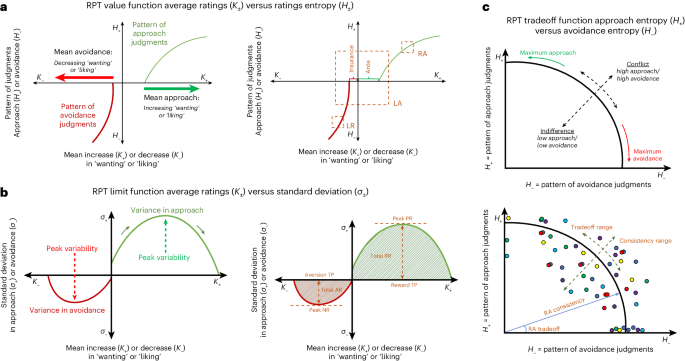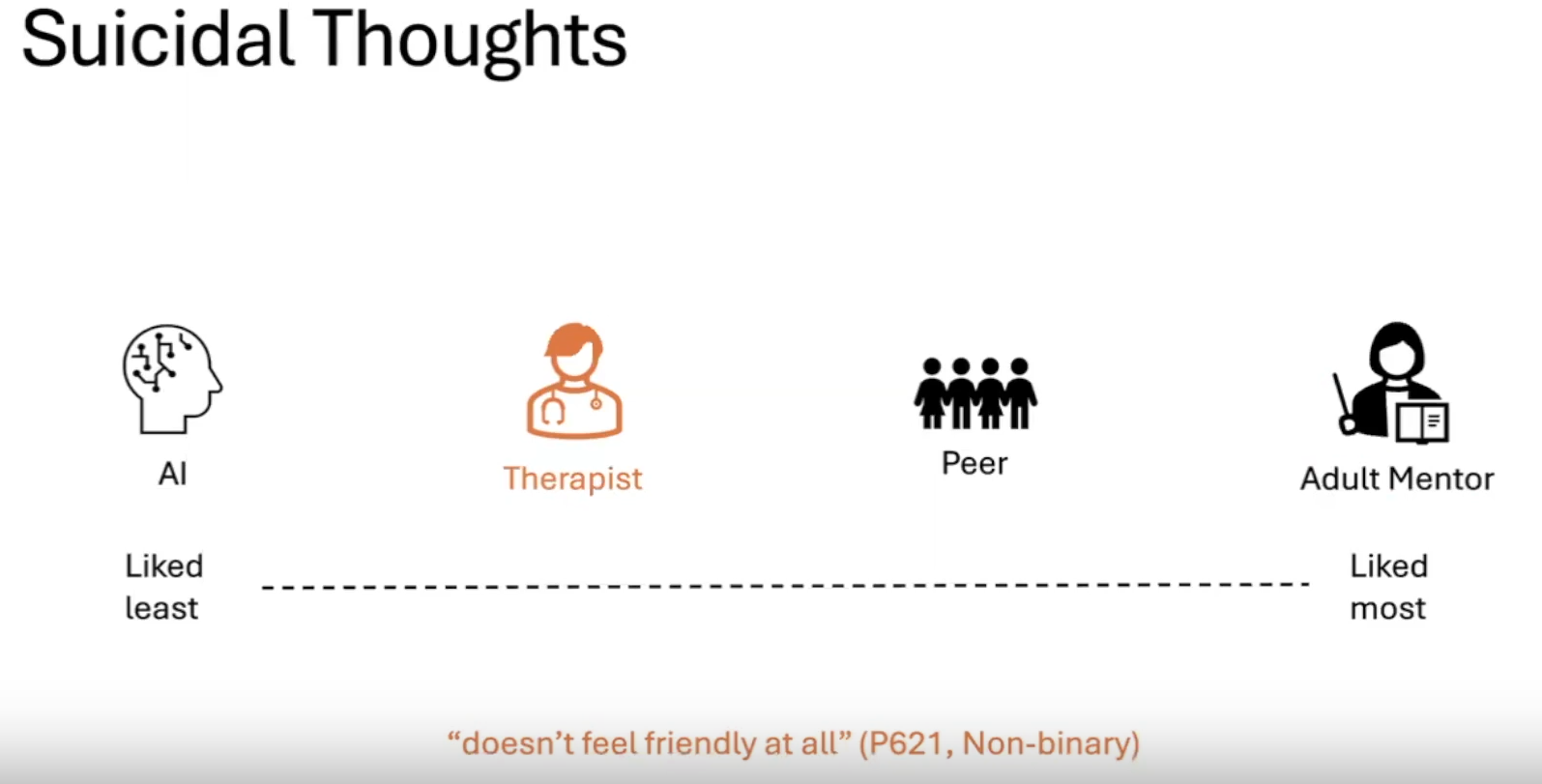2024-05-13 ノースウェスタン大学
ノースウェスタン大学、シンシナティ大学、アリストテレス大学、マサチューセッツ総合病院/ハーバード医科大学の研究者が開発した新しい評価ツールは、簡単な変数の組み合わせを使用して、参加者の自殺念慮と行動を予測することができました。このツールは、単純な画像ランキングタスクと少数の文脈/人口統計変数に焦点を当てており、平均92%の精度で自殺に関連する4つの変数を予測しました。研究は、少数の行動的および社会的測定が自殺念慮と行動の予測に重要な役割を果たすことを示し、心理学的データに依存せず、数学的心理学に基づいた変数を用いて機械学習モデルを訓練しました。このツールは医療専門家や軍事機関が自己危害リスクを評価するためのアプリとして利用可能です。
<関連情報>
- https://news.northwestern.edu/stories/2024/05/ai-tool-instantly-assesses-suicide-risk/
- https://www.nature.com/articles/s44220-024-00229-x
解釈可能な報酬行動と調査変数の小さなセットで自殺率を予測 Predicting suicidality with small sets of interpretable reward behavior and survey variables
Shamal Lalvani,Sumra Bari,Nicole L. Vike,Leandros Stefanopoulos,Byoung-Woo Kim,Martin Block,Nicos Maglaveras,Aggelos K. Katsaggelos & Hans C. Breiter
Nature Mental Health Published:09 May 2024
DOI:https://doi.org/10.1038/s44220-024-00229-x

Abstract
The prediction of suicidal thought and behavior has met with mixed results. This study of 3,476 de-identified participants (4,019 before data exclusion) quantified the prediction of four suicidal thought and behavior (STB) variables using a short reward/aversion judgment task and a limited set of demographic and mental health surveys. The focus was to produce a simple, quick and objective framework for assessing STB that might be automatable, without the use of big data. A balanced random forest classifier performed better than a Gaussian mixture model and four standard machine learning classifiers for predicting passive suicide ideation, active suicide ideation, suicide planning and planning for safety. Accuracies ranged from 78% to 92% (optimal area under the curve between 0.80 and 0.95) without overfitting, and peak performance was observed for predicting suicide planning. The relative importance of features for prediction showed distinct weighting across judgment variables, contributing between 40% and 64% to prediction per Gini scores. Mediation/moderation analyses showed that depression, anxiety, loneliness and age variables moderated the judgment variables, indicating that the interaction of judgment with mental health and demographic indices is fundamental for the high-accuracy prediction of STB. These findings suggest the feasibility of an efficient and highly scalable system for suicide assessment, without requiring psychiatric records or neural measures. The findings suggest that STB might be understood within a cognitive framework for judgment with quantitative variables whose unique constellation separates passive and active suicidal thought (ideation) from suicide planning and planning for safety.


